While setting the record straight on “studio sound,” I couldn’t resist taking a swing at another heavyweight in the Buzzword Hall of Shame: “Just as the artist intended.” This one isn’t just flimsy — it’s a full-blown, steaming pile of marketing fantasy. So I’m grabbing the shovel and doing some long-overdue cleanup.
After collecting records for nearly 50 years, I’ve yet to see a single one stamped with, “This came out exactly as I intended,” signed by the artist. Which leads to two obvious questions. First: how is anyone supposed to know what the artist actually intended in the first place? Second: how would we even know whether the artist felt this particular track lived up to that intention?
What I’ve heard repeatedly in artist interviews: “This track started out completely different, then we got in the studio and Bob the engineer said ‘Let’s try this,’ and boom — we had a song.” So which version of the “artist’s intention” does the song actually represent? The initial idea that never made it to tape… or the final LP version that came together through equal parts artist, recording engineer, mixing desk, and mastering chain? With very few exceptions (I’m thinking Trent Reznor, Tom Scholz) most records are collaborative works. That makes the notion of a singular “artist’s intention” for each track infinitely harder to pin down.
Nobody markets an album as “a heroic stack of compromises,” but that’s exactly what most of them are. The label wants it finished yesterday and on the cheap. The artist has their own ideas. The engineers and session players want to get home at a reasonable hour. And somewhere in the middle of all that a key piece of gear dies and gets swapped out because nobody has the time or budget to wait for a repair.
Artists are famous for being perfectionists, but even they have their breaking point. What if after three months of long days and 167 takes the artist finally said, “Screw it, just use number 49, I’m done”? We as consumers never hear that part of the story, so figuring out what was actually intended is almost impossible. And if that song becomes a mega hit, it suddenly turns into “exactly what they meant to do” in every interview afterward. Nobody wants to admit their biggest success was someone else’s idea or a lucky accident.
But let’s pretend for a moment the recording really is exactly what the artist intended. Will anyone else hear it the same way? Not a chance. No two people perceive sound identically because a whole mix of factors gets in the way. Genetics, culture, hearing health, life experience, physiology of the ear and brain, and the way our brains process sound all shape what we hear, and that perception shifts with age and even with the moment we’re in.
Identical twins have been studied since they eliminate a lot of variables, and their hearing still shows major differences. Which raises a tougher question: did the artist’s intention actually make it to the recording, or did the recording simply line up with what the artist thought they heard?
The viral “Laurel” vs “Yanny” debate is a perfect example. The original word was Laurel, but once extra frequencies were layered in, people started splitting into camps. Those tuned into lower frequencies heard Laurel, those keyed into higher ones heard Yanny, and some heard both depending on the moment. Now imagine the artist is a “Yanny” person and the listener is a “Laurel.” What happens to all that talk about hearing the track “as intended” when the brains on each end of the equation aren’t even tuned to the same cues?
I think it should be obvious that knowing what an artist intended just isn’t possible, and even if it were, we still have no way of knowing whether the version we hear matches what the artist actually heard. I haven’t even touched on the enormous differences in listeners’ hearing and I’ve already shown how big this manure pile really is. Forget the shovel — I’m going to need a backhoe.
Related Reading:
- WTF Is Studio Sound? Why The Industry’s Most Abused Audio Term Doesn’t Mean What You Think
- Does the Audiophile Community Have a Problem?
- Is The Algorithm Living Rent-Free In Our Heads? The 21st-Century Thought Police Of What We Read, Watch, Think, And Hear






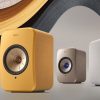

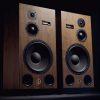
















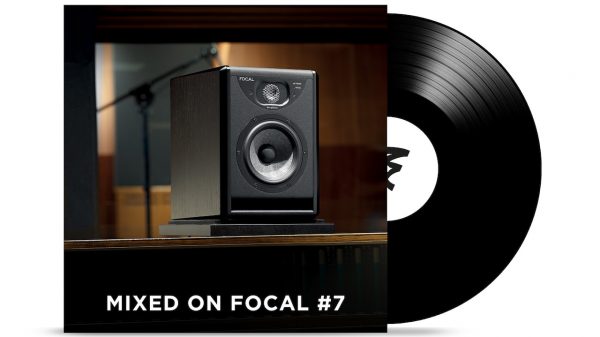



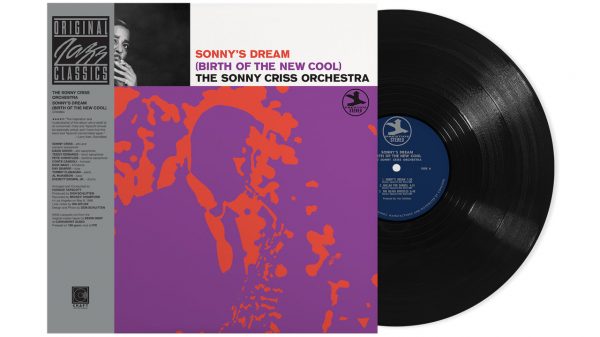
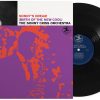




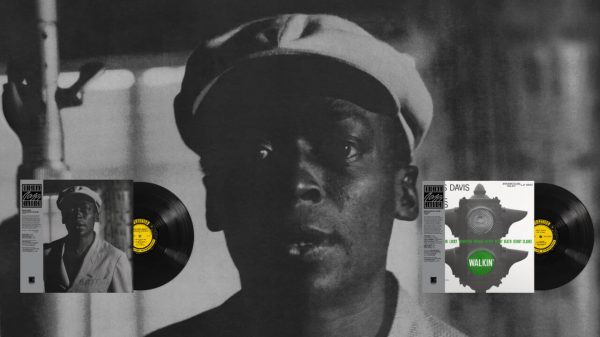
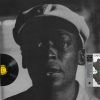
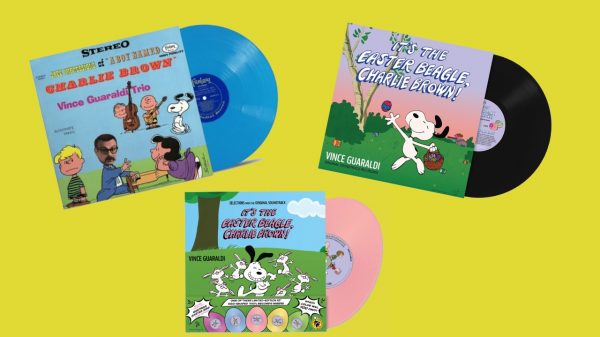












Mike Cornell
November 19, 2025 at 1:41 pm
Probably the most overused term or phrase in audio…as the artist intended! And for marketing purposes, I don’t think it means how a particular version of a song or album turned out, but more so the recording or sound quality. That is: these headphones reproduce said artist’s material as the artist intended. The thing is, all speakers, headphones, amps, cartridges etc sound different, so how can they all claim to reproduce material as the artist intended? What a load of crock!
GordM
November 22, 2025 at 12:42 am
“The thing is, all speakers, headphones, amps, cartridges etc sound different…”
Indeed, as do the virtually unlimited combinations thereof, including the acoustics of the rooms in which they are operating, and the myriad of ways that they may be implemented by the individual user, not to even begin to mention the varying properties of our own individual built-in meat transducers on the sides of our respective heads.